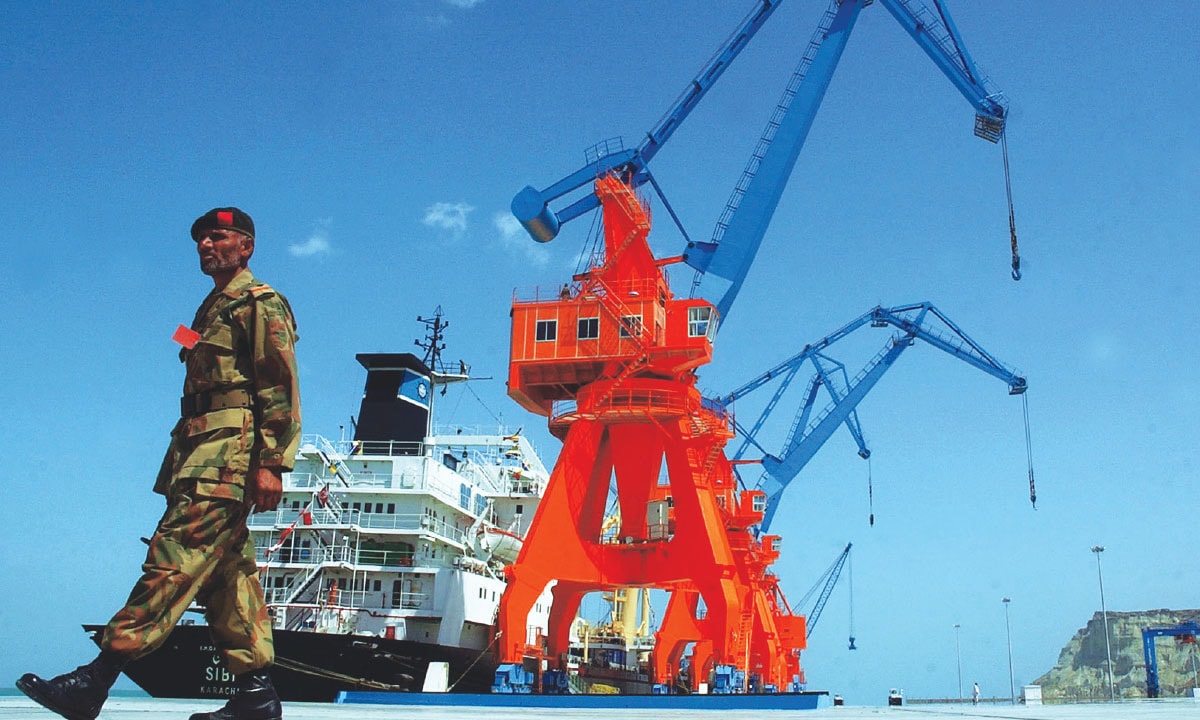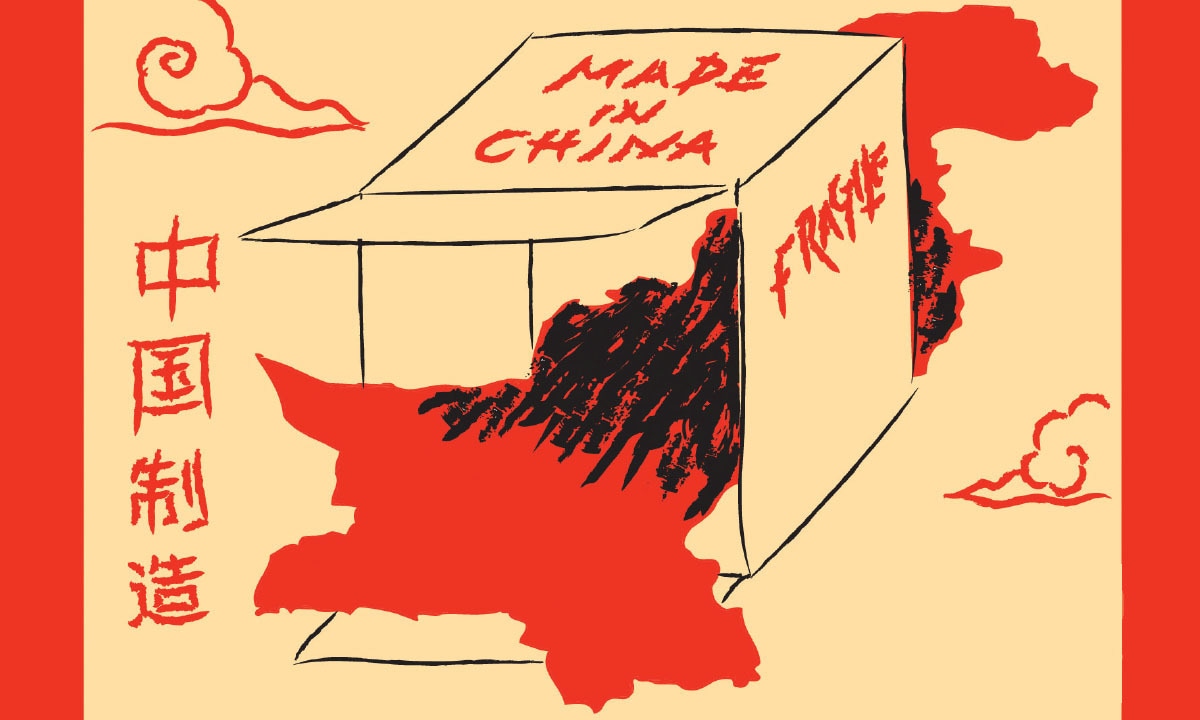ravi gupta
FULL MEMBER

- Joined
- Mar 3, 2016
- Messages
- 610
- Reaction score
- -4
- Country
- Location
Sir,i saw your message in this thread which was faar better and quality,you seems very intelligent man with good grasp of current knowledge,I have no sister.... Pls do me a favour, ask your sister instead..
.
why to indulge with troller who have nothing to add but to derails the threads,he is just pulling you down.














